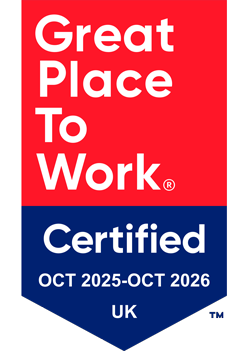How We Design Safety Glasses.
Function & Design
When we add a new item of eyewear to our range, we first consider its
function. We may be creating safety glasses for the workplace, an
over-spec or a sealed unit goggle. There are many different types of
eye protectors, each will follow a slightly different design and development
path.
Image is an important consideration, even current fashion trends. Our team
are motivated by creating safety glasses that people want to wear rather
that, have to wear. That means we take great care to ensure all our designs
are modern, stylish and desirable.
Ergonomics are critical; the frame must follow the contours of the face
without carrying any extra weight or including unnecessary materials or
components.
Drawings & Materials
Drawings are the first stage; we use Computer Aided Design (CAD) to create three-dimensional images which are
then reviewed and refined by our technicians. Materials are considered at this stage, chosen depending on the
intended use of the glasses.
Both lens and frame can be made of a number of different materials. Polycarbonate is most common for the lens
as it is highly resistant to impact, it’s also lightweight and durable.
Frames are usually moulded from synthetic materials which must be shatter-proof and flexible. Some frames
include metal or metal reinforcements, usually stainless steel. However, many are metal-free as their end use dictates
that they are non-conductive. This is known as ‘dielectric construction’ and is essential for eye protection
in environments where there is intense heat or electrical circuitry.
Once the CAD drawing is approved, the next stage is to produce
a prototype. The prototype is created using a 3D printing machine.
This relatively new technology is a cost-effective way of
generating a physical representation of the finished product. It
can then be placed on the face to check various factors including
positioning, lens coverage, and general fit. Refinements are
made where necessary before progressing to the mould
making stage.
Moulds are made to create an accurate simulation of the end
product which is built to the exact specifications using the correct
materials, constructed by hand to produce a non-production
sample that will undergo testing.
Testing to EN166
Testing of both frame and lens is a legal requirement in order for the spectacles to be
placed on the market for sale as eye-protection.
EN166 is the European and UKCA standard covering all safety glasses, safety goggles
and visors. Within the standard there are some basic mandatory requirements. These
include the assessment of field of vision, transmission and diffusion, refractive properties
and robustness, resistance to ageing, corrosion and ignition. The key to all these
requirements is that the eyewear does not impede or distort vision and allows enough
light through to the wear’s eyes.
There are a number of other tests under the umbrella of EN166 that apply more to goggles
and face protectors. These include resistance to extreme temperatures or to surface
damage, dust and liquid splash.
EN166 also covers frames and dictates size and coverage, adjustability, comfort and
materials used which must all be completely innocuous.
Production & Delivery
Once a safety certificate is issued, production can begin. The entire process from concept to delivery of product
into our distribution centre can take up to a year as we are extremely meticulous about design and function for
our eyewear range.
Enquire About Our Enquire About Our Eye Protection.


